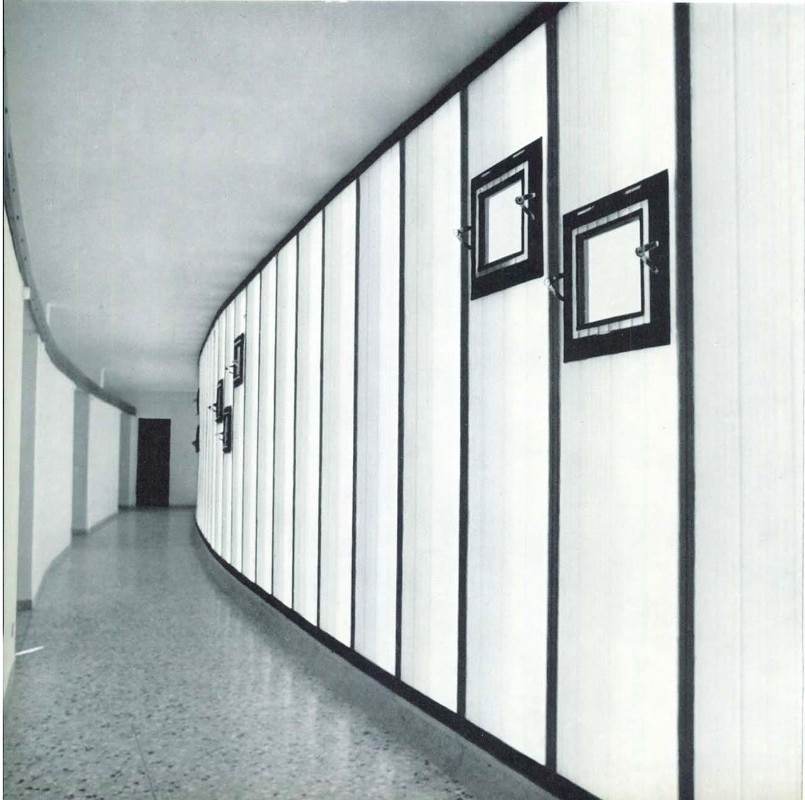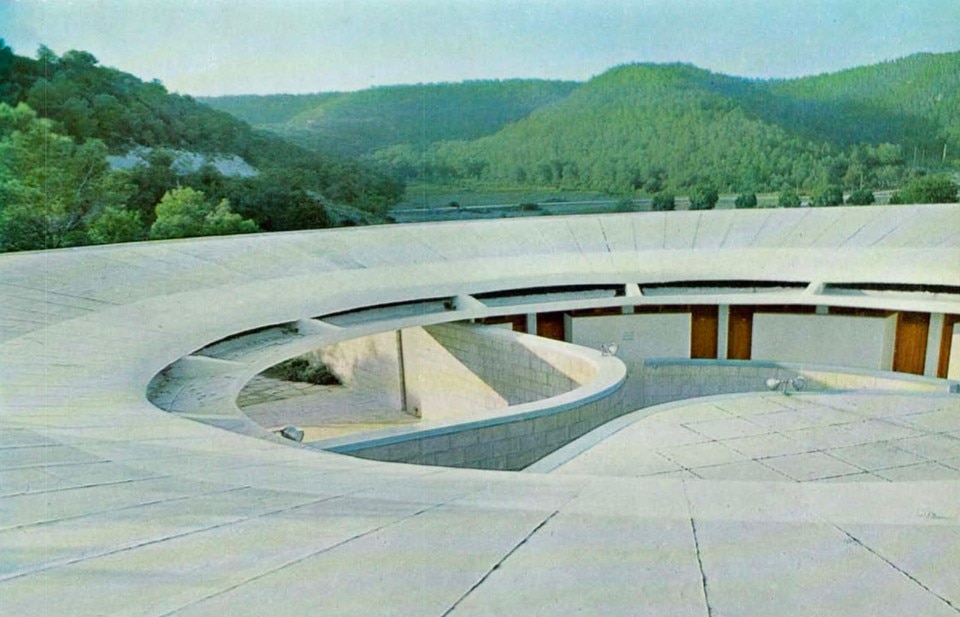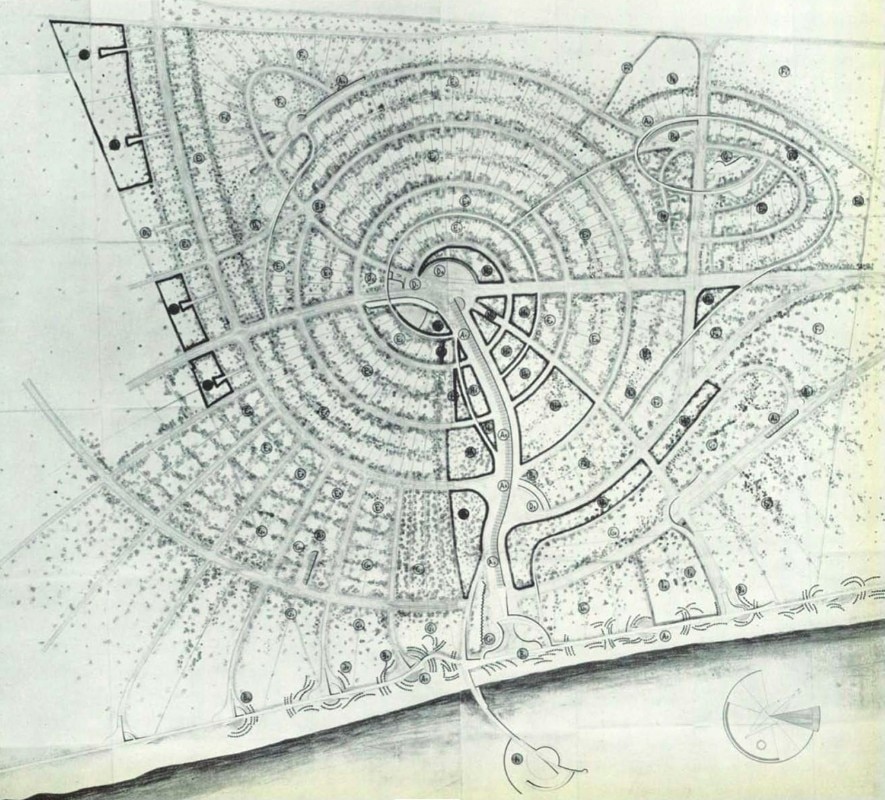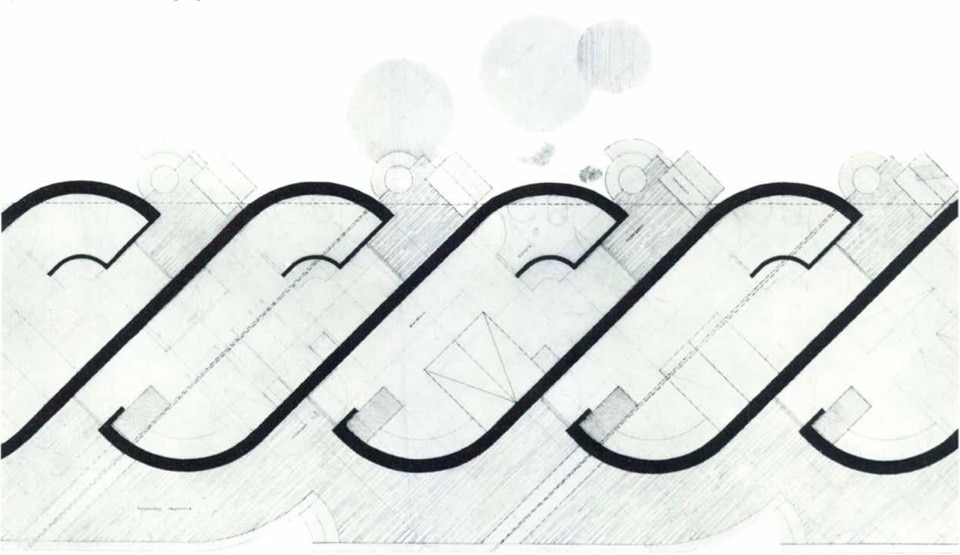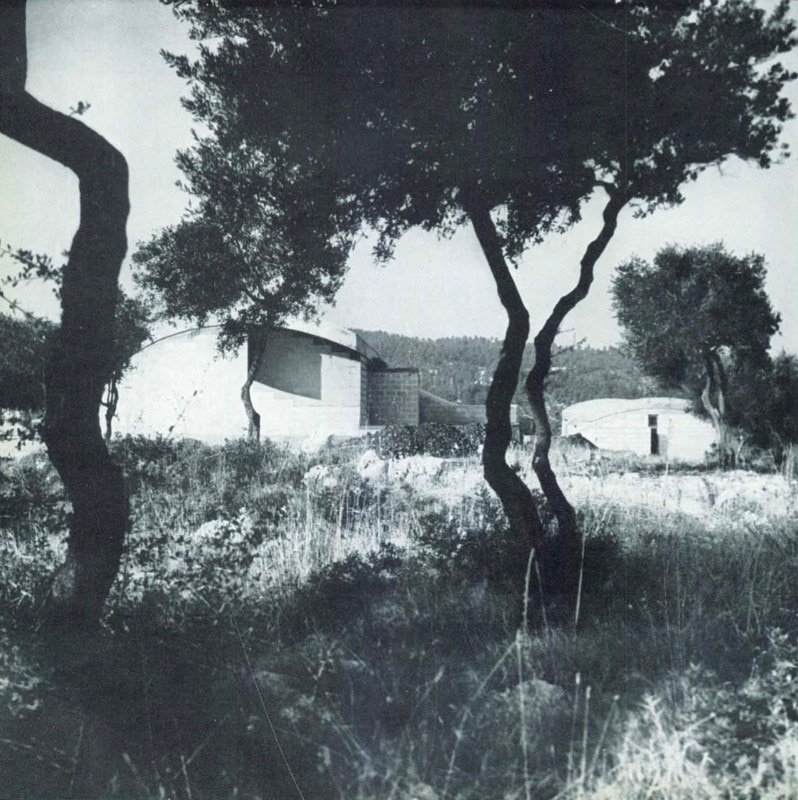"When it comes to one of the most recurrent and debated topics of the architectural culture of the second half of the 20th century – i.e. the relationship between architecture and the city and its history – D'Olivo appears detached, not involved. It's almost as if he looks for professional opportunities only outside urban contexts, in non-historical settings or unbuilt territories, possibly still untouched.”
In 2002, a major retrospective on the work of Marcello D'Olivo (1921-1991) was organized at the San Francesco Church in Udine, his hometown. Ferruccio Luppi, curator of the architectural section of the exhibition (along with Francesco Borella) and its catalogue (along with Paolo Nicoloso), used these words to highlight one of the main distinctive traits that made D’Olivo stand out in the Italian scene. The geography and the distinctive features of the territory represent the essential reference for both his architecture and his urban schemes.
D'Olivo was (and considered himself as) a professional, practically engaged in the construction of the city, as well as a utopian, interested in conceptualizing, drawing, and sometimes verifying on field the possible alternatives to the urban reality of his time. The Friulian architect found a promising field of experimentation in the Italian coast of the 1950s and early 1960s, largely "intact" or at least not yet saturated by intensive urbanization.
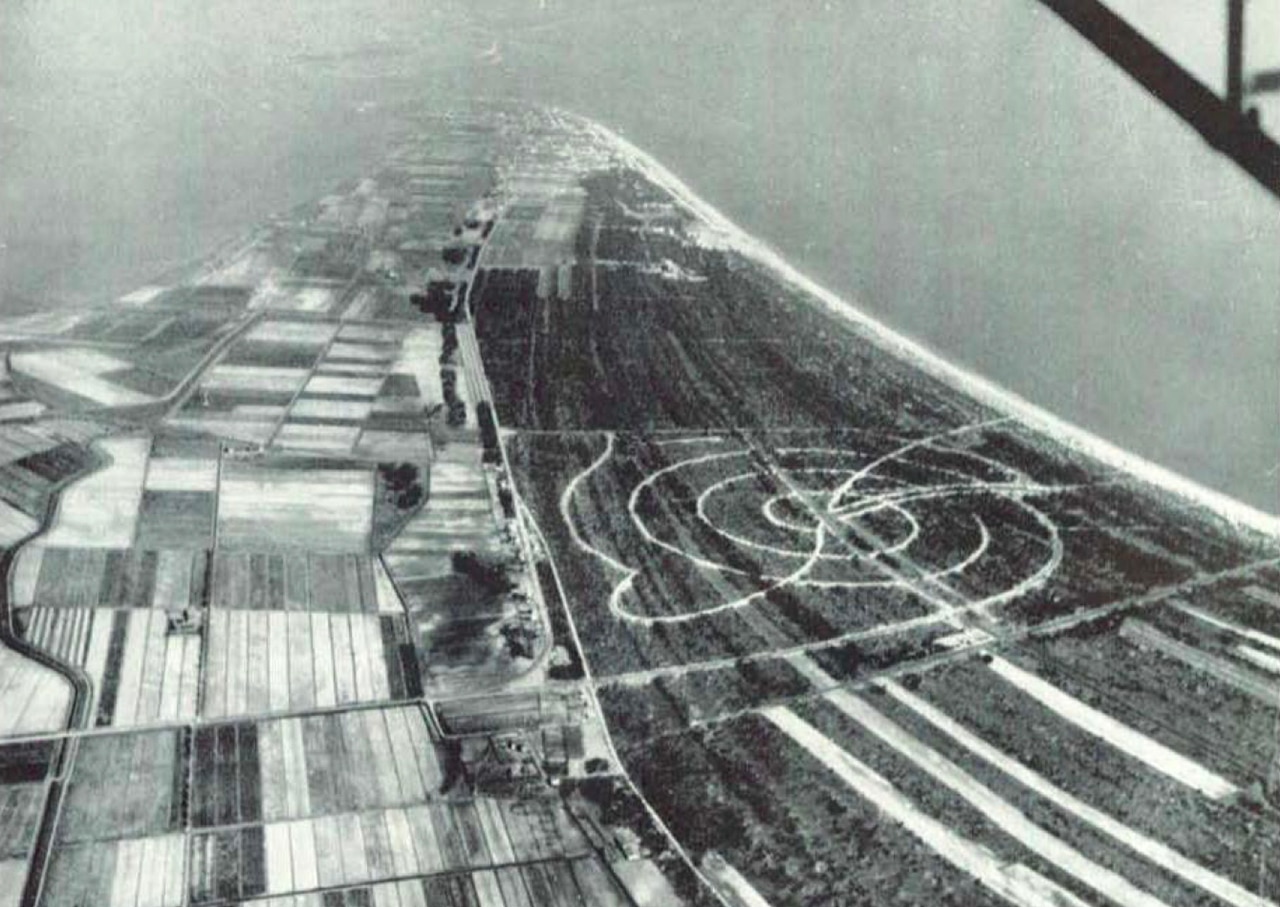
 View gallery
View gallery
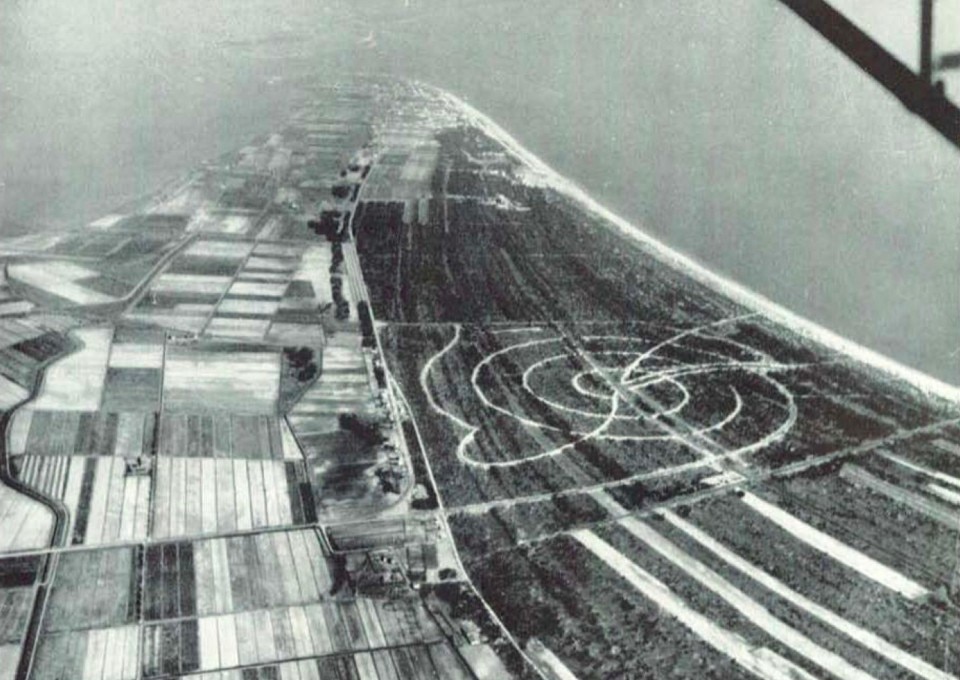
A holiday city in Manacore: the Apulian project of Marcello D’Olivo
Marcello D'Olivo, masterplan, Lignano Pineta, Italy, 1952-1963
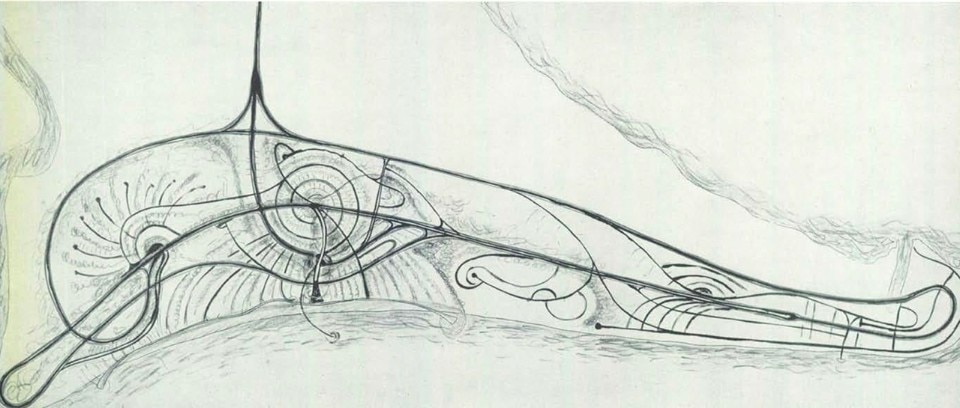
A holiday city in Manacore: the Apulian project of Marcello D’Olivo
Marcello D'Olivo, masterplan, Lignano Pineta, Italy, 1952-1963

A holiday city in Manacore: the Apulian project of Marcello D’Olivo
Marcello D'Olivo, masterplan, Lignano Pineta, Italy, 1952-1963

A holiday city in Manacore: the Apulian project of Marcello D’Olivo
Marcello D'Olivo, masterplan, Lignano Pineta, Italy, 1952-1963
D'Olivo's most famous seaside project is certainly the planning of Lignano Pineta (1952-1963), to which Domus 297 (August 1954) dedicated a comprehensive study, that also included a famous aerial view image of the pinewood, marked only by the spiral created by the roads of the city under construction. The comment made by the editor of that time, who described a delicate procession of dancing bulldozers, certainly sounds funny today: "The roads are now finished and paved. The surrounding nature is still intact: the paths have been cleared by Caterpillar flattener-bulldozers, which have travelled the sinusoidal roads [...] in single file, without ever ruining the magic". There is also an (equally unusual) reference to the first celebrity ready to spend the winter in the lagoon: "the old Friulian Hemingway has already bought a property in Lignano Pineta".
In Lignano, D'Olivo designed, among other things, "The train" (1952-1960), a 600-metre-long building that groups together all tourist services, the dancehall "The mushroom" (1954) and many private residences. But then he lost interest in the fate of the holiday city, because he felt that the increasing pressures of speculation had distorted the settlement principles of the tourist complex. While the proposals for planning Lido di Classe (between 1957 and 1963, with Ludovico Quaroni) and Lido di Rosolina (1959-1962) failed, D'Olivo found the opportunity to "redeem himself" after the Friulian disappointment on a (then) remote and inaccessible peninsula in South Italy.
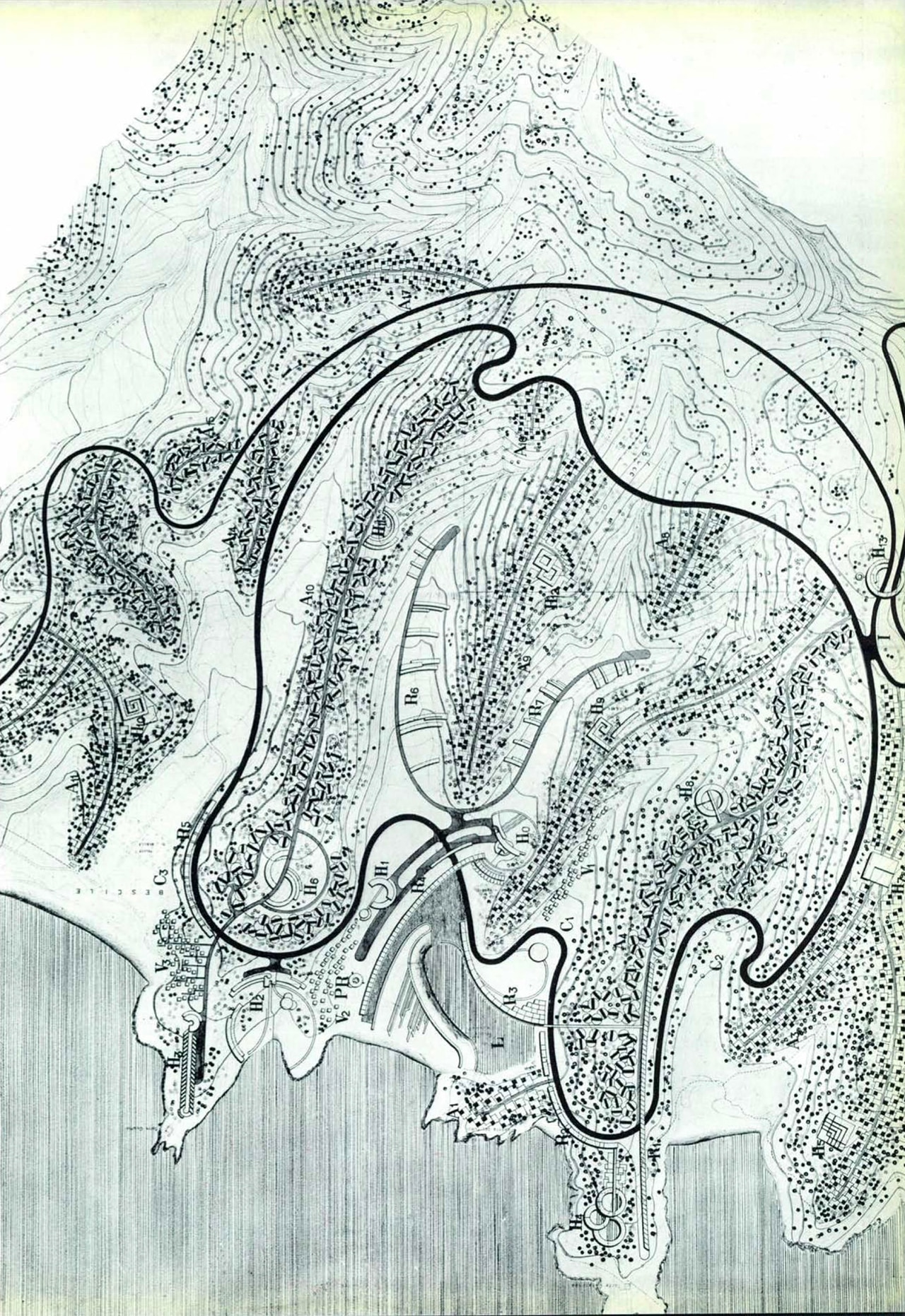
 View gallery
View gallery
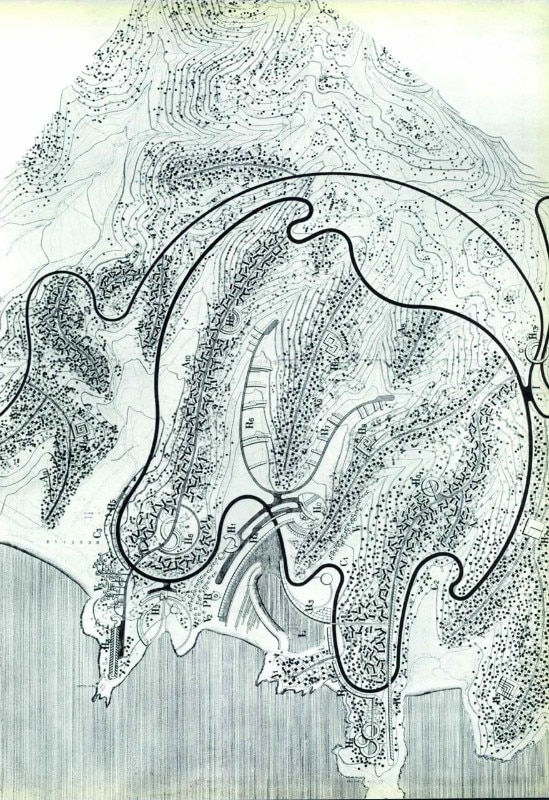
A holiday city in Manacore: the Apulian project of Marcello D’Olivo
Marcello D'Olivo, masterplan, Manacore, Italy, 1959-1964
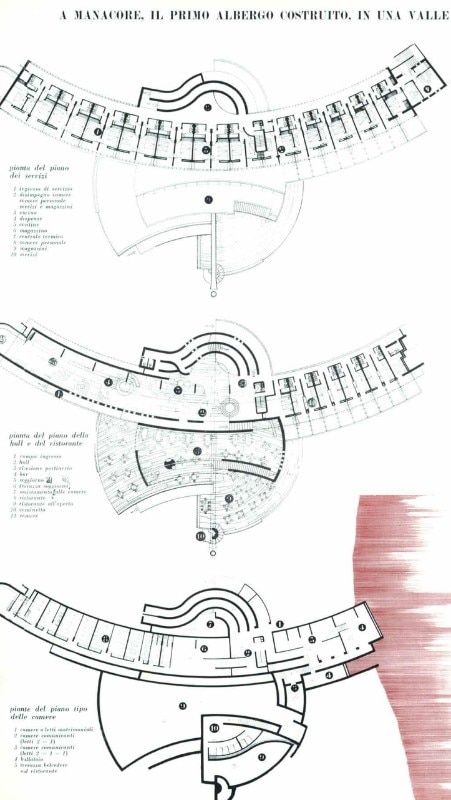
A holiday city in Manacore: the Apulian project of Marcello D’Olivo
Marcello D'Olivo, Gusmay hotel, plans
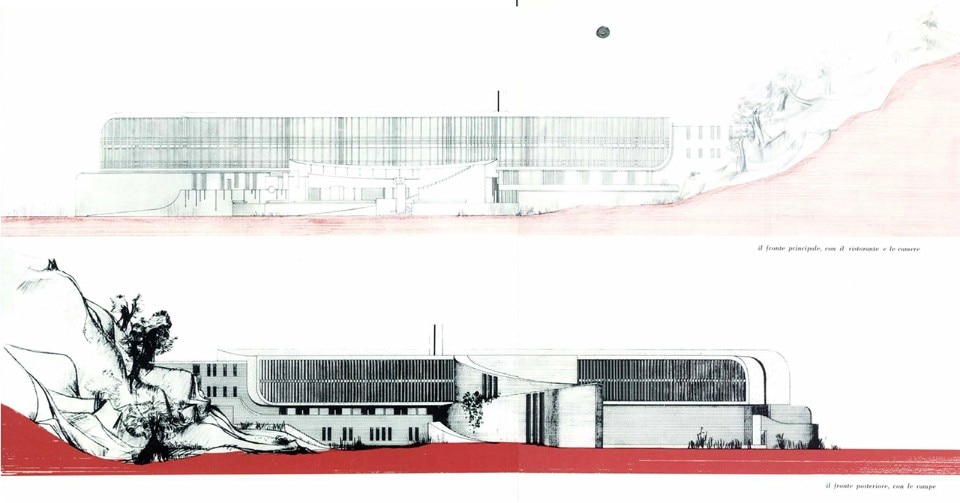
A holiday city in Manacore: the Apulian project of Marcello D’Olivo
Marcello D'Olivo, Gusmay hotel, elevations
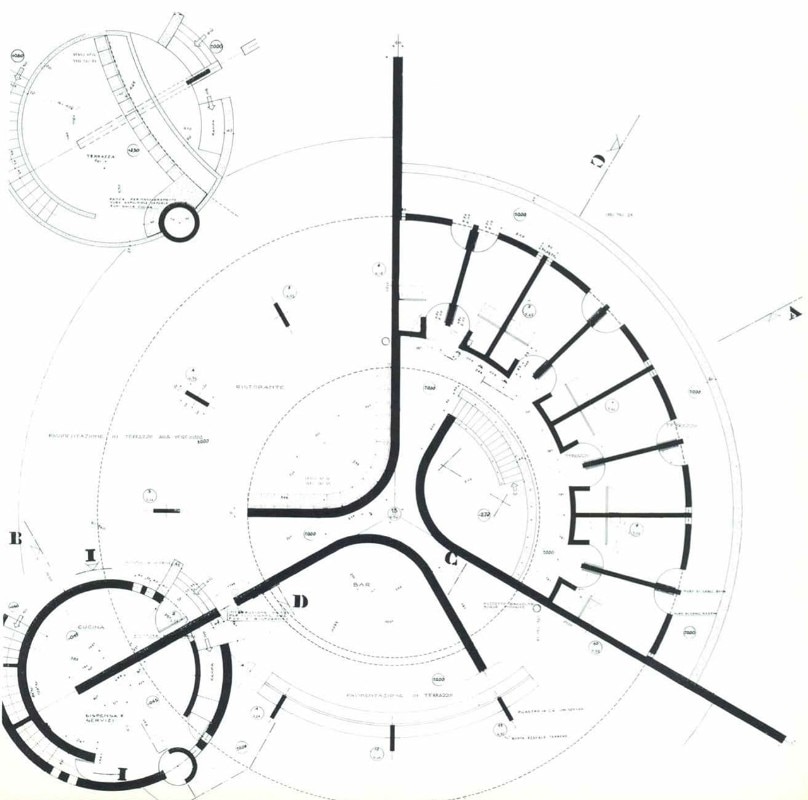
A holiday city in Manacore: the Apulian project of Marcello D’Olivo
Marcello D'Olivo, "Pronto ristoro", ground floor plan
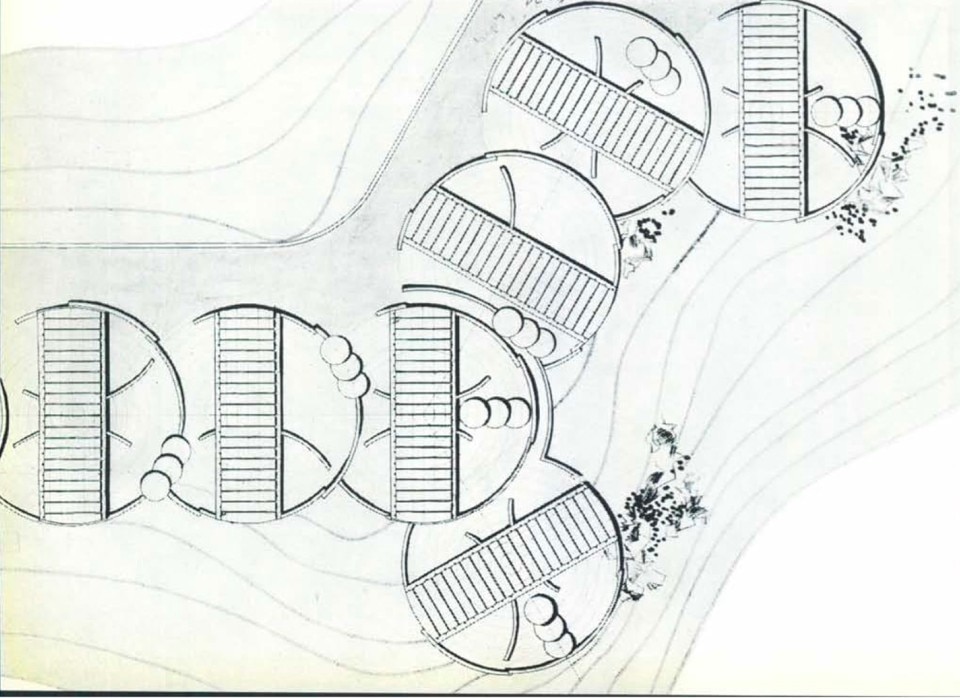
A holiday city in Manacore: the Apulian project of Marcello D’Olivo
Marcello D'Olivo, single-family houses, site plan
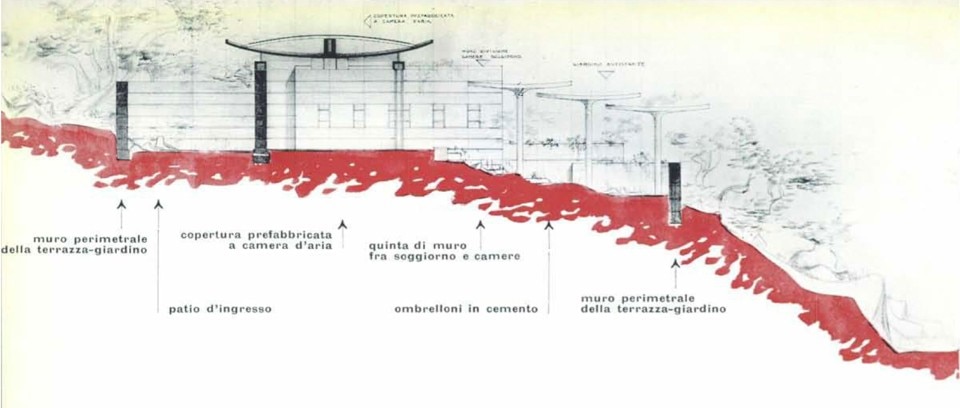
A holiday city in Manacore: the Apulian project of Marcello D’Olivo
Marcello D'Olivo, single-family house, section
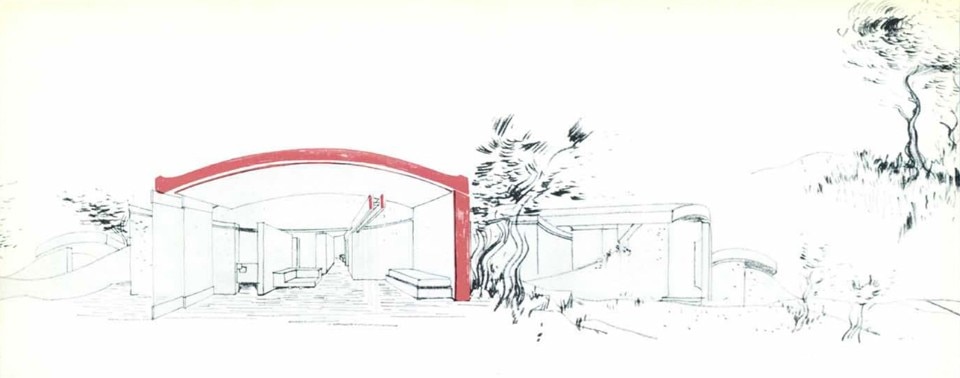
A holiday city in Manacore: the Apulian project of Marcello D’Olivo
Marcello D'Olivo, single-family house, section
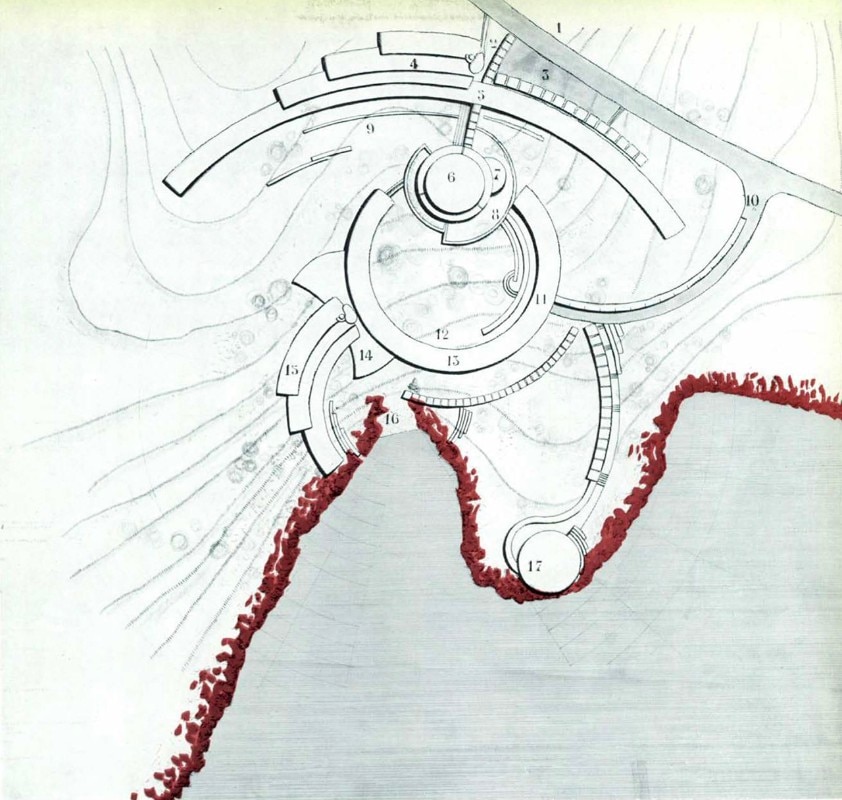
A holiday city in Manacore: the Apulian project of Marcello D’Olivo
Marcello D'Olivo, unbuilt project for a hotel, site plan

A holiday city in Manacore: the Apulian project of Marcello D’Olivo
Marcello D'Olivo, masterplan, Manacore, Italy, 1959-1964

A holiday city in Manacore: the Apulian project of Marcello D’Olivo
Marcello D'Olivo, Gusmay hotel, plans

A holiday city in Manacore: the Apulian project of Marcello D’Olivo
Marcello D'Olivo, Gusmay hotel, elevations

A holiday city in Manacore: the Apulian project of Marcello D’Olivo
Marcello D'Olivo, "Pronto ristoro", ground floor plan

A holiday city in Manacore: the Apulian project of Marcello D’Olivo
Marcello D'Olivo, single-family houses, site plan

A holiday city in Manacore: the Apulian project of Marcello D’Olivo
Marcello D'Olivo, single-family house, section

A holiday city in Manacore: the Apulian project of Marcello D’Olivo
Marcello D'Olivo, single-family house, section

A holiday city in Manacore: the Apulian project of Marcello D’Olivo
Marcello D'Olivo, unbuilt project for a hotel, site plan
28 pages of Domus 412 (March 1964) enthusiastically introduced to the readers the general plan and the first realizations of Manacore (1959-1964), located in one of the most impressive parts of Gargano between Vieste and Peschici. The editor said that "the case of Manacore, a 'holiday town' in the Gargano peninsula is something exceptional for Italy [...]: It took intelligence and courage to entrust to a single person the entire urban and architectural planning of the complex, and the projects planned and those already completed have a great formal value." The 400-hectare site was designed to accommodate up to 20,000 people and was the result of a "great and decisive planning".
The planning of this holiday territory, which D'Olivo transforms while always keeping in mind the importance of the geography of the ridges and valleys, promontories and bays of Manacore, is undoubtedly great. A single ring road connects the main points of the complex: the civic centre, upstream, merging with the coastal state road; the tourist centre, near the beach; the houses, all with a panoramic view over the sea, and the collective buildings in the depressions.
Just like many other experimental examples of tourist coastal destinations (from Arenzano and Torre del Mare, in Liguria, to Punta Ala, in Tuscany) the planning of Manacore tries to avoid the terrible "Riviera effect", the ever-increasing concreting of coastlines, covered with hotels and FIAT economy cars. There is no waterfront in Manacore: "The idea is to arrive by car and park always and only 'behind' the buildings so that, once you leave the car behind the house or hotel, you enter on foot the untouched and walkable nature".
At the time, the privatization of the landscape by "virtuous" promoters seemed the only way to avoid worse problems. Thus, the forests of Manacore were transformed into "shared forests [...]. The pine forest will belong to all the houses on the hill. It will be practically impossible to alter or destroy it!".
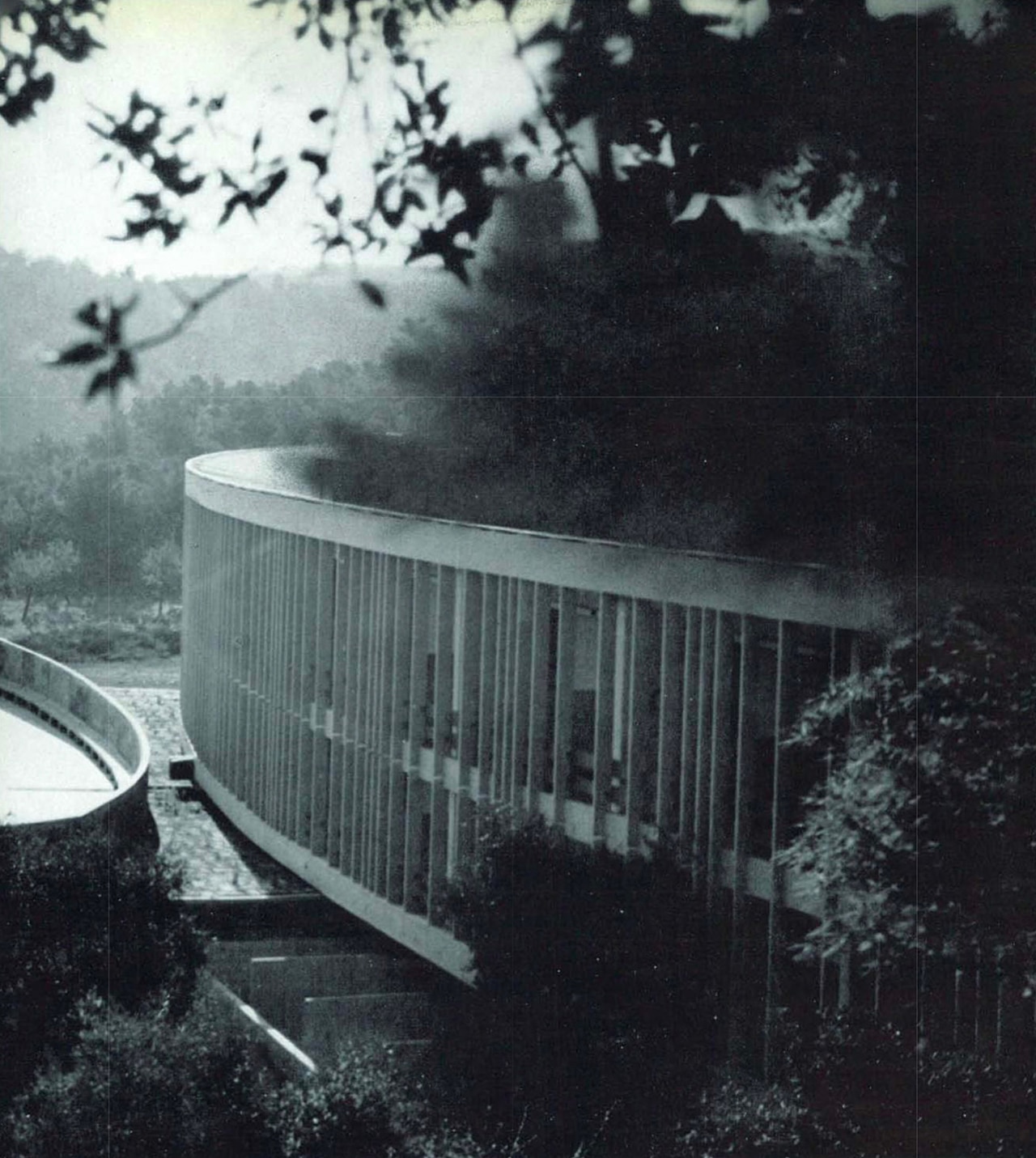
 View gallery
View gallery
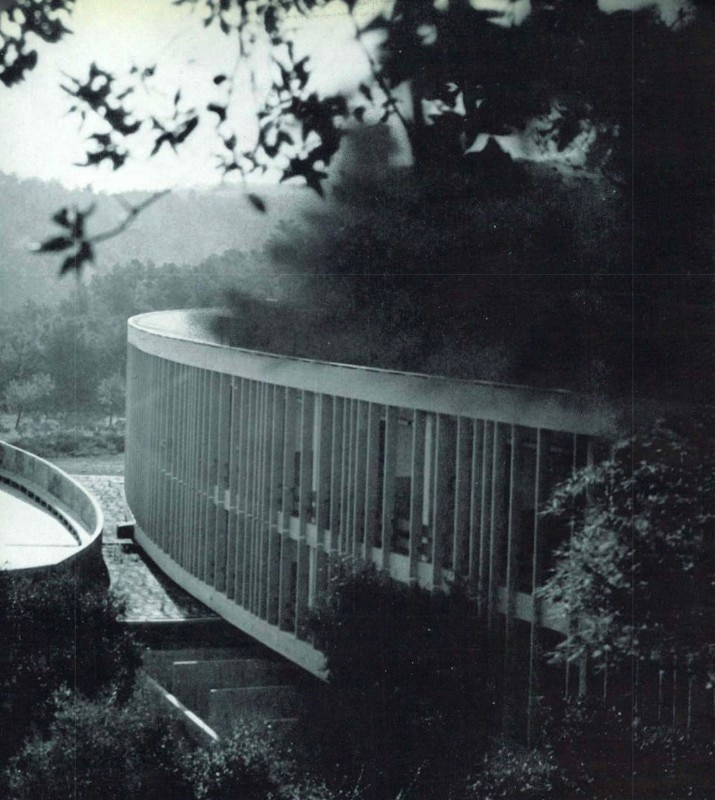
A holiday city in Manacore: the Apulian project of Marcello D’Olivo
Marcello D'Olivo, Gusmay hotel, Manacore, Italy, 1959-1963. Photo © Casali-Domus
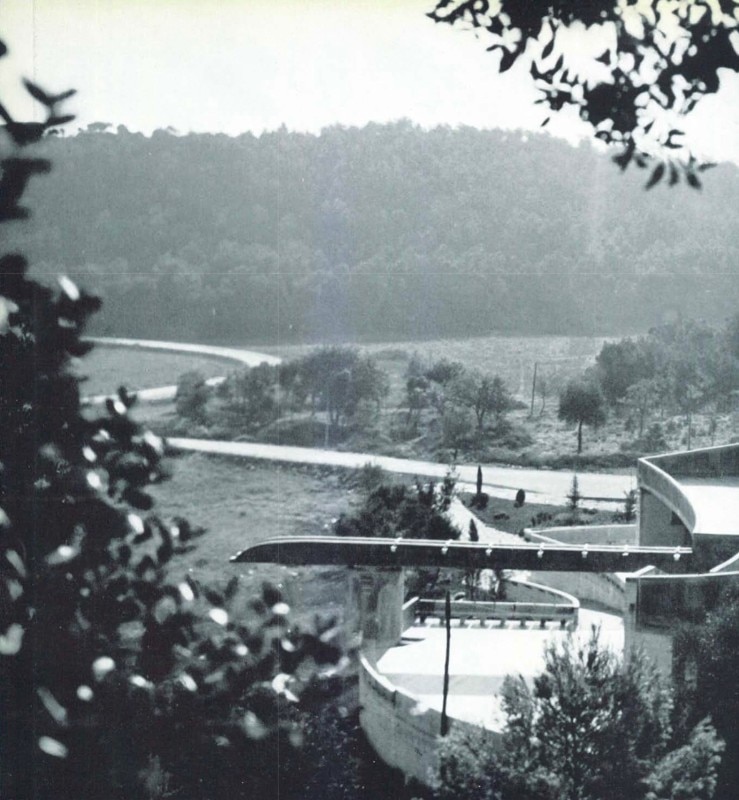
A holiday city in Manacore: the Apulian project of Marcello D’Olivo
Marcello D'Olivo, Gusmay hotel, Manacore, Italy, 1959-1963. Photo © Casali-Domus
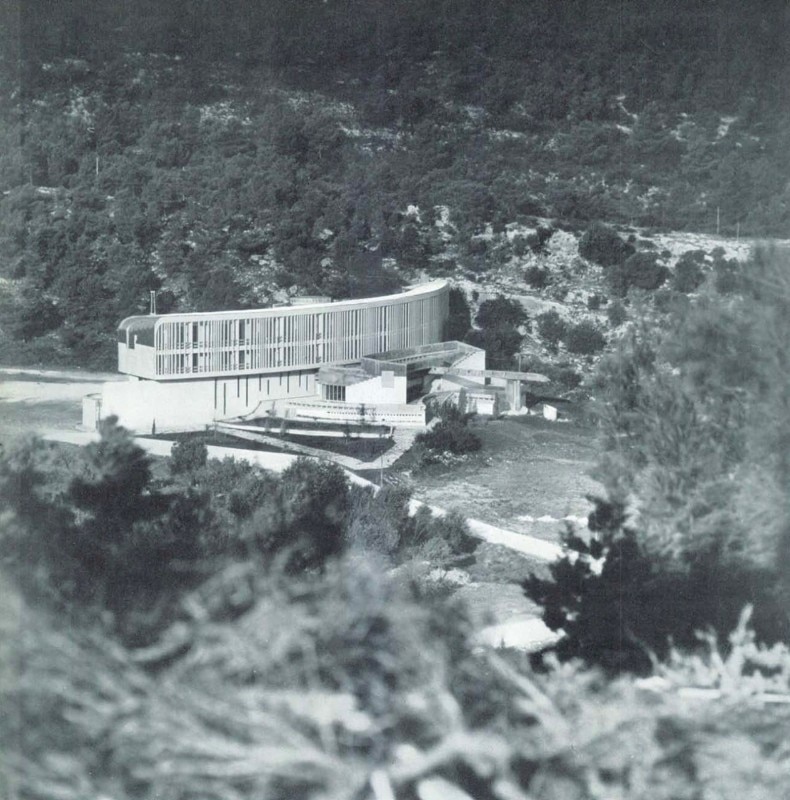
A holiday city in Manacore: the Apulian project of Marcello D’Olivo
Marcello D'Olivo, Gusmay hotel, Manacore, Italy, 1959-1963. Photo © Casali-Domus
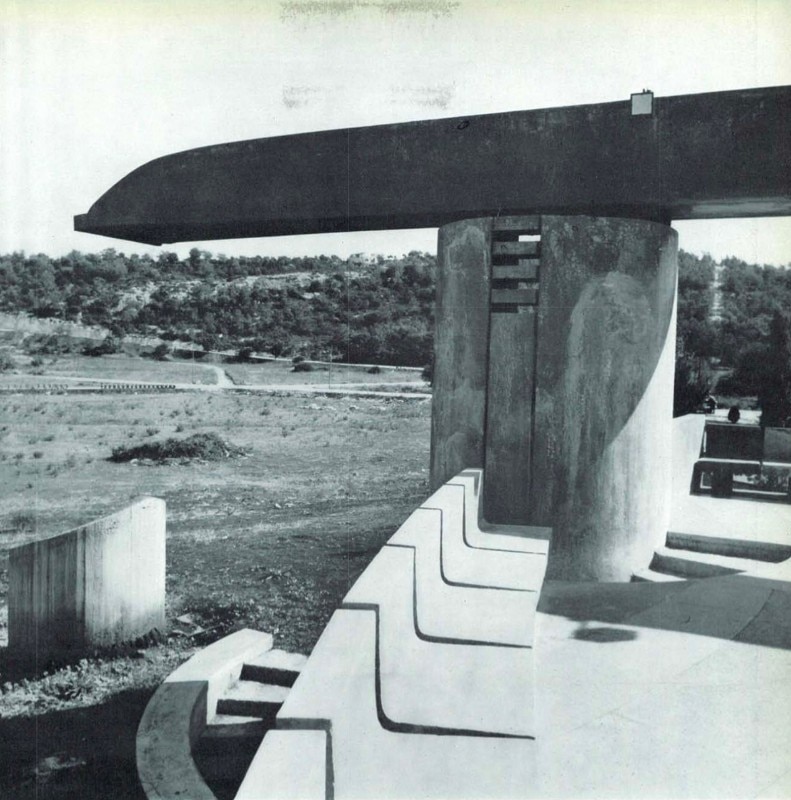
A holiday city in Manacore: the Apulian project of Marcello D’Olivo
Marcello D'Olivo, Gusmay hotel, Manacore, Italy, 1959-1963. Photo © Casali-Domus
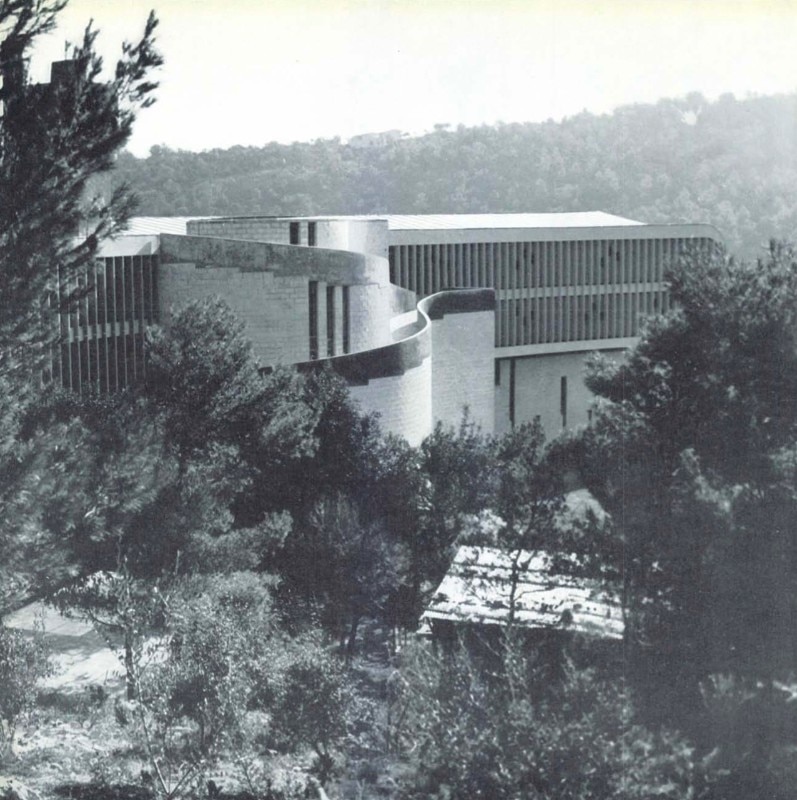
A holiday city in Manacore: the Apulian project of Marcello D’Olivo
Marcello D'Olivo, Gusmay hotel, Manacore, Italy, 1959-1963. Photo © Casali-Domus
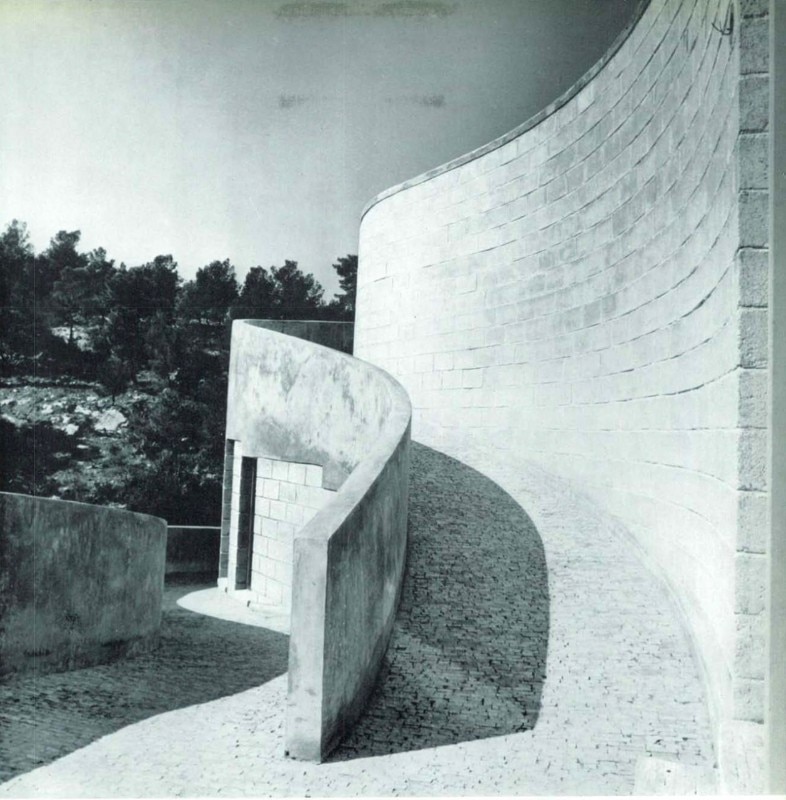
A holiday city in Manacore: the Apulian project of Marcello D’Olivo
Marcello D'Olivo, Gusmay hotel, Manacore, Italy, 1959-1963. Photo © Casali-Domus
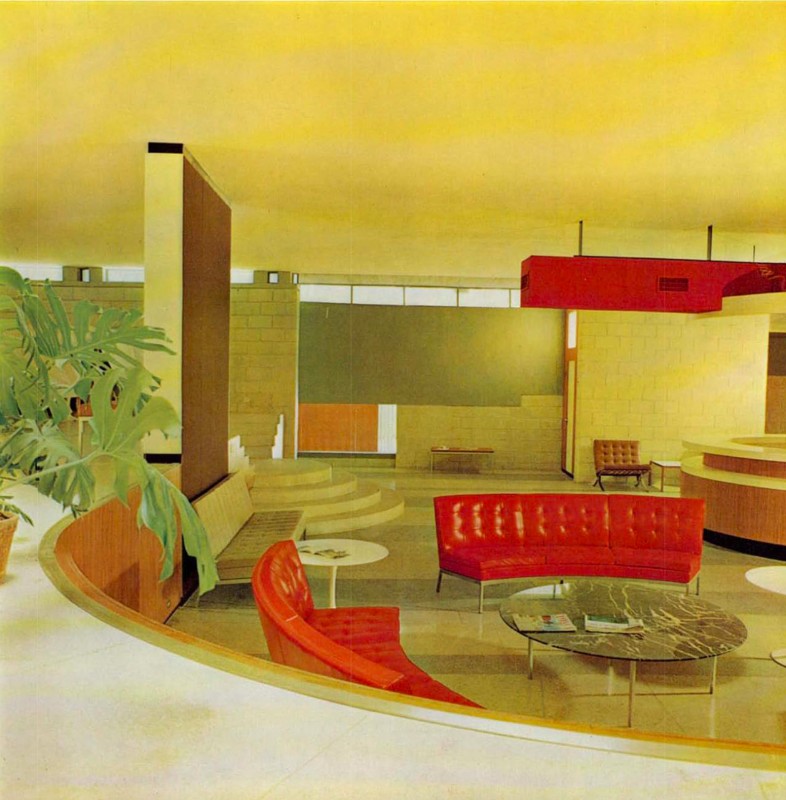
A holiday city in Manacore: the Apulian project of Marcello D’Olivo
Marcello D'Olivo, Gusmay hotel, Manacore, Italy, 1959-1963. Photo © Casali-Domus
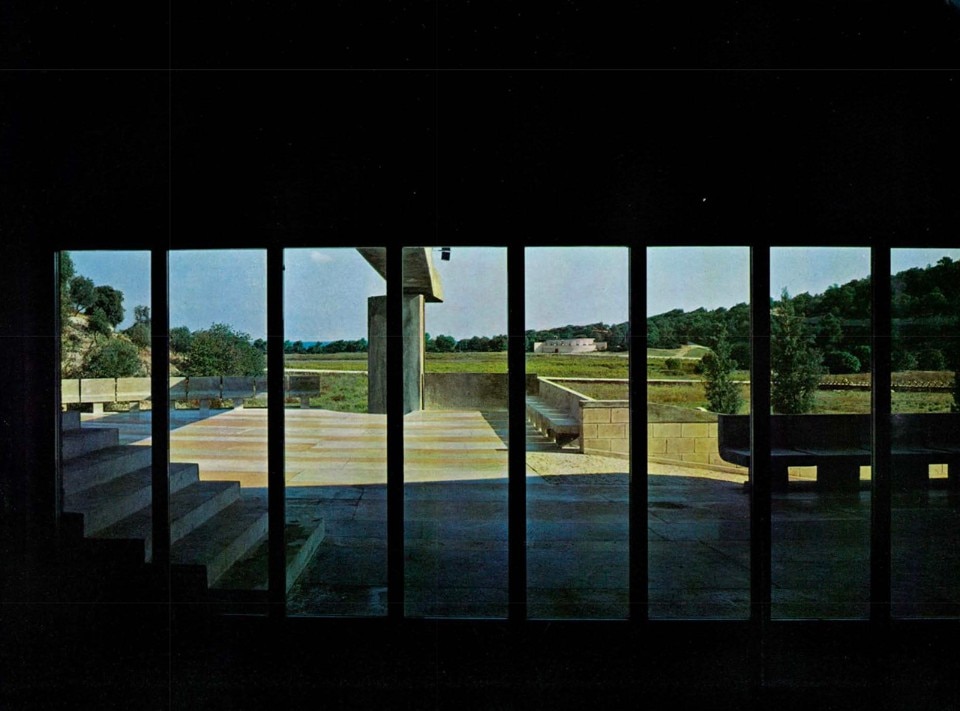
A holiday city in Manacore: the Apulian project of Marcello D’Olivo
Marcello D'Olivo, Gusmay hotel, Manacore, Italy, 1959-1963. Photo © Casali-Domus
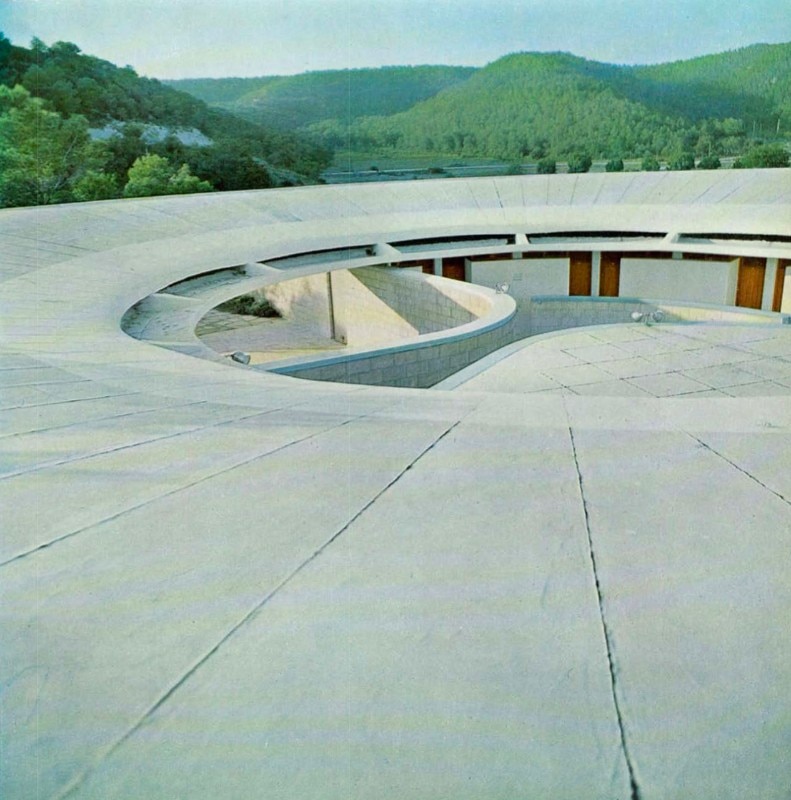
A holiday city in Manacore: the Apulian project of Marcello D’Olivo
Marcello D'Olivo, "Pronto ristoro", Manacore, Italy, 1959-1962. Photo © Casali-Domus
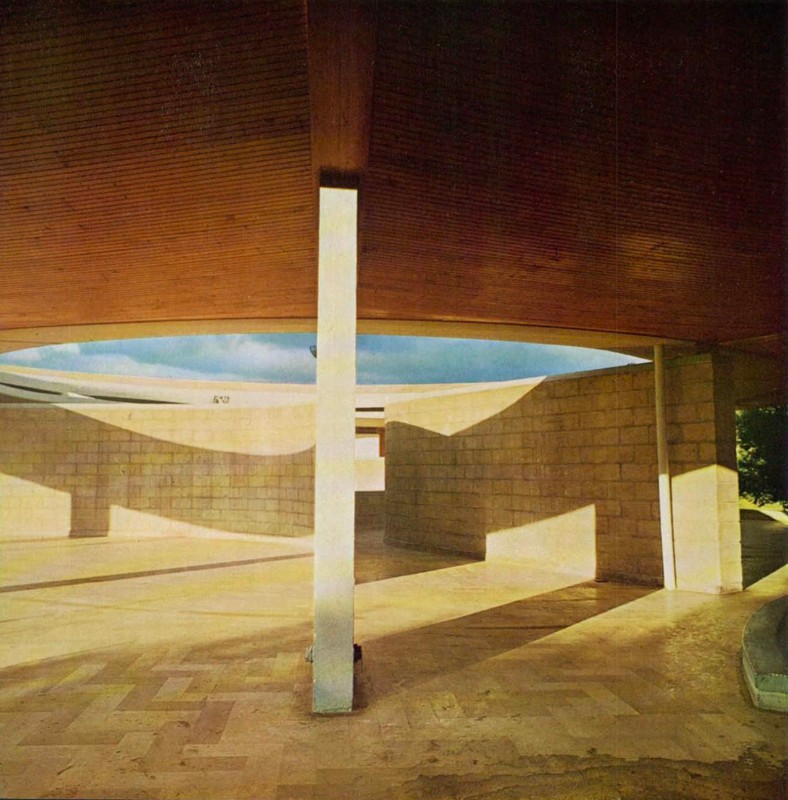
A holiday city in Manacore: the Apulian project of Marcello D’Olivo
Marcello D'Olivo, "Pronto ristoro", Manacore, Italy, 1959-1962. Photo © Casali-Domus
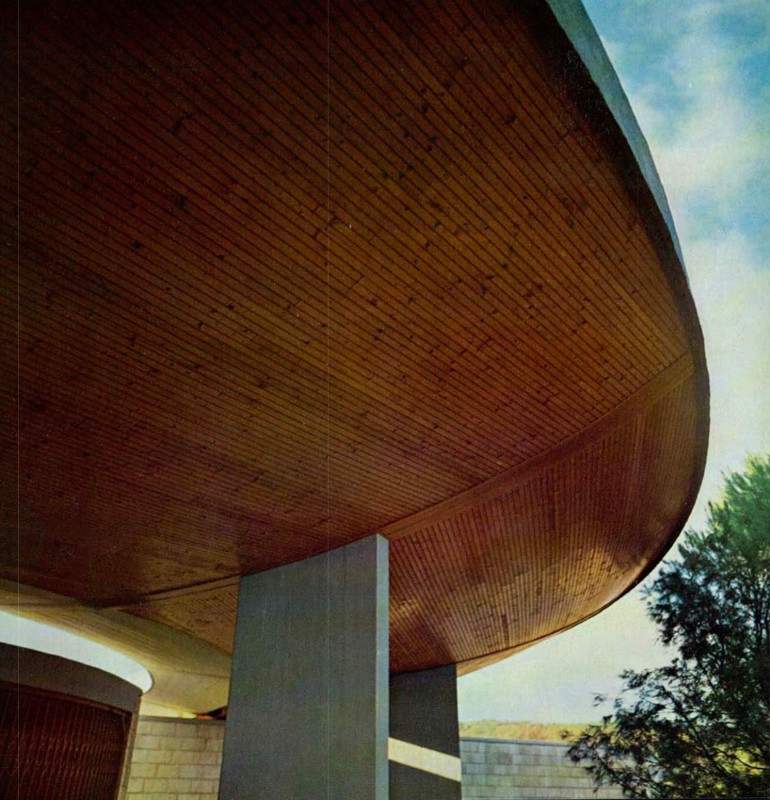
A holiday city in Manacore: the Apulian project of Marcello D’Olivo
Marcello D'Olivo, "Pronto ristoro", Manacore, Italy, 1959-1962. Photo © Casali-Domus

A holiday city in Manacore: the Apulian project of Marcello D’Olivo
Marcello D'Olivo, Gusmay hotel, Manacore, Italy, 1959-1963. Photo © Casali-Domus

A holiday city in Manacore: the Apulian project of Marcello D’Olivo
Marcello D'Olivo, Gusmay hotel, Manacore, Italy, 1959-1963. Photo © Casali-Domus

A holiday city in Manacore: the Apulian project of Marcello D’Olivo
Marcello D'Olivo, Gusmay hotel, Manacore, Italy, 1959-1963. Photo © Casali-Domus

A holiday city in Manacore: the Apulian project of Marcello D’Olivo
Marcello D'Olivo, Gusmay hotel, Manacore, Italy, 1959-1963. Photo © Casali-Domus

A holiday city in Manacore: the Apulian project of Marcello D’Olivo
Marcello D'Olivo, Gusmay hotel, Manacore, Italy, 1959-1963. Photo © Casali-Domus

A holiday city in Manacore: the Apulian project of Marcello D’Olivo
Marcello D'Olivo, Gusmay hotel, Manacore, Italy, 1959-1963. Photo © Casali-Domus

A holiday city in Manacore: the Apulian project of Marcello D’Olivo
Marcello D'Olivo, Gusmay hotel, Manacore, Italy, 1959-1963. Photo © Casali-Domus

A holiday city in Manacore: the Apulian project of Marcello D’Olivo
Marcello D'Olivo, Gusmay hotel, Manacore, Italy, 1959-1963. Photo © Casali-Domus

A holiday city in Manacore: the Apulian project of Marcello D’Olivo
Marcello D'Olivo, "Pronto ristoro", Manacore, Italy, 1959-1962. Photo © Casali-Domus

A holiday city in Manacore: the Apulian project of Marcello D’Olivo
Marcello D'Olivo, "Pronto ristoro", Manacore, Italy, 1959-1962. Photo © Casali-Domus

A holiday city in Manacore: the Apulian project of Marcello D’Olivo
Marcello D'Olivo, "Pronto ristoro", Manacore, Italy, 1959-1962. Photo © Casali-Domus
D'Olivo's carried out only a small part of his project in the Gargano: some residences, characterized by their perfectly circular plan and by their prefabricated lenticular coverings with internal air chambers; the “Pronto Ristoro”, which groups together all services for beachgoers, "in order to avoid the usual scattered beach huts that you see on all the beaches"; and above all the Gusmay hotel, which certainly has many spatial and linguistic elements in common with the highly controversial Zipser in Grado (1960-1964), but whose "quality of spaces and walkways is so unique as to completely differentiate it from the city's architecture". For example, "the hall is connected to the rooms by a slow internal ramp [...] which removes the complexity that is characteristic of many mechanized devices. This is a place of rest and vacation: of relaxation, in time and space".
These are bits and pieces of an urban experiment with far greater ambitions, not only in terms of volume, but above all in terms of its impact on the territory. For example, it was not carried out (luckily?) "the project of transforming an internal swampy area into a port lake, which will be accessible from the sea 'through' a mountain, pierced by a gigantic cave, partly natural: a cave so high that sailing ships can cross it".
